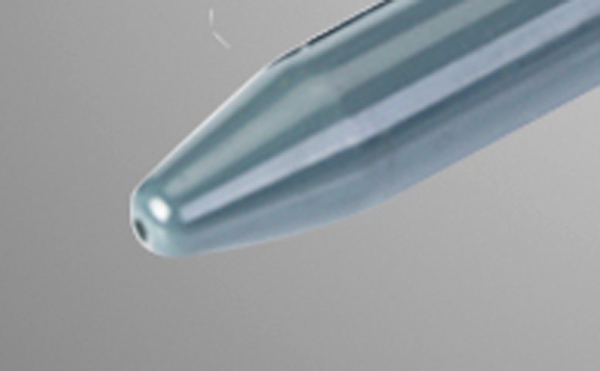Thoracentesis
3. Disinfection
1) Routine skin disinfection, 3 iodine 3 alcohol, diameter 15cm
2) Wear sterile gloves,
3) Hole laying towel
4. Layer by layer local infiltration anesthesia
1) Patients can be given 0.011mg/kg atropine intravenously to prevent vasovagal reflex during fluid extraction. Anesthetics or sedatives do not need to be used.
2) During the puncture, the patient should avoid coughing and body position rotation, and take codeine first if necessary.
3) 2ml lidocaine was punctured at the upper edge of the next rib to form a colliculus
4) Enter layer by layer to prevent injection into blood vessels, and do not enter the pleural cavity too deeply
5. Puncture
The skin at the puncture site is fixed with the left hand, and the needle is inserted with the right hand
At the upper edge of the next rib, at the site of local anesthesia, inject the needle until the resistance disappears, and stop the injection
Fixed puncture needle to prevent puncture of internal organs
Prevent air from entering the pleural cavity. Be careful when operating the needle cylinder and three-way switch. Air is not allowed to enter the chest cavity. Never pump the pleural fluid forcefully to avoid the needle or catheter entering the pleura hurting the lung.

6. Needle pulling
1) After removing the puncture needle, cover it with sterile gauze and fix it under pressure
2) Lie still after operation to avoid local cleaning
7. Precautions during and after operation
1. In case of anaphylactic shock, stop the operation immediately and inject 0.1%------------0.3ml-0.5ml adrenaline subcutaneously
The patient may feel chest pain when the lung is re stretched to the chest wall. In case of severe chest pain, dyspnea, tachycardia, fainting or other serious symptoms, it is suggested that the patient has pleural allergy, and the drainage should be stopped, even if there is still a large amount of pleural effusion in the chest.
2. One time liquid pumping should not be too much, not more than 700 for the first time, and not more than 1000 in the future. For patients with a large amount of pleural fluid, less than 1500ml of fluid should be drained each time to avoid hemodynamic instability and / or pulmonary edema after lung recruitment.
In case of traumatic hemothorax puncture, it is advisable to discharge accumulated blood at the same time, pay attention to blood pressure at any time, and speed up blood transfusion and infusion to prevent sudden respiratory and circulatory dysfunction or shock during fluid extraction.
3. Diagnostic fluid extraction 50-100
4. If it is empyema, try to suck it clean every time
5. Cytological examination should be at least 100 and should be submitted immediately to prevent cell autolysis
6. Avoid puncture below the ninth intercostal space to prevent injury to abdominal organs
7. After thoracocentesis, clinical observation should be continued. It may be several hours or one or two days later, the thoracocentesis can be repeated if necessary.
Post time: Jun-08-2022





